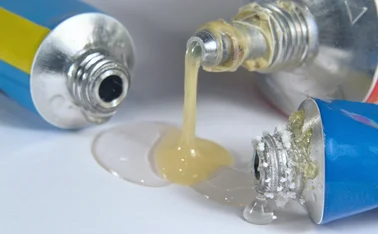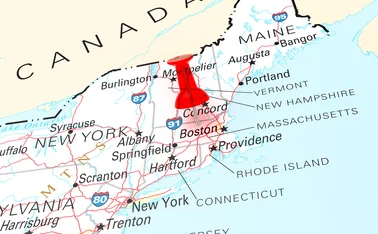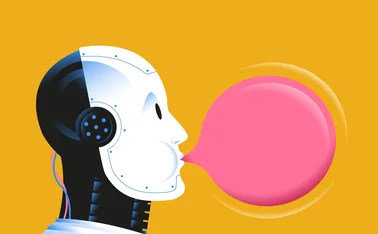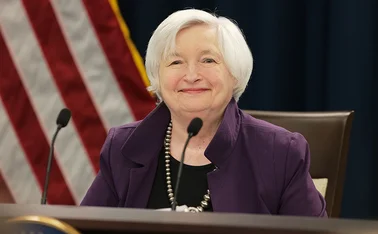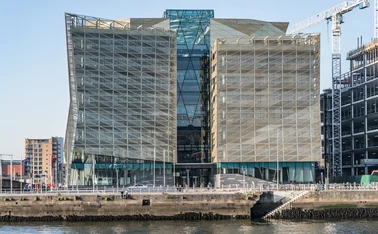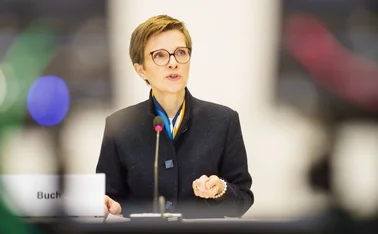
Stiglitz laments US's "bogus" bailouts
Despite the criticisms that accompanied the original Paulson plan, the idea of removing toxic assets from banks' balance sheets has grown in popularity in recent months. Granted there remains little consensus on how to do it, with the issue of pricing remaining the key stumbling block, and US Treasury secretary Tim Geithner's idea of a public-private partnership has so far met with a lukewarm response. But for some, such as Joseph Stiglitz, the idea alone still remains unpalatable.
"The main
Only users who have a paid subscription or are part of a corporate subscription are able to print or copy content.
To access these options, along with all other subscription benefits, please contact info@centralbanking.com or view our subscription options here: subscriptions.centralbanking.com/subscribe
You are currently unable to print this content. Please contact info@centralbanking.com to find out more.
You are currently unable to copy this content. Please contact info@centralbanking.com to find out more.
Copyright Infopro Digital Limited. All rights reserved.
As outlined in our terms and conditions, https://www.infopro-digital.com/terms-and-conditions/subscriptions/ (point 2.4), printing is limited to a single copy.
If you would like to purchase additional rights please email info@centralbanking.com test test test
Copyright Infopro Digital Limited. All rights reserved.
You may share this content using our article tools. As outlined in our terms and conditions, https://www.infopro-digital.com/terms-and-conditions/subscriptions/ (clause 2.4), an Authorised User may only make one copy of the materials for their own personal use. You must also comply with the restrictions in clause 2.5.
If you would like to purchase additional rights please email info@centralbanking.com test test test
